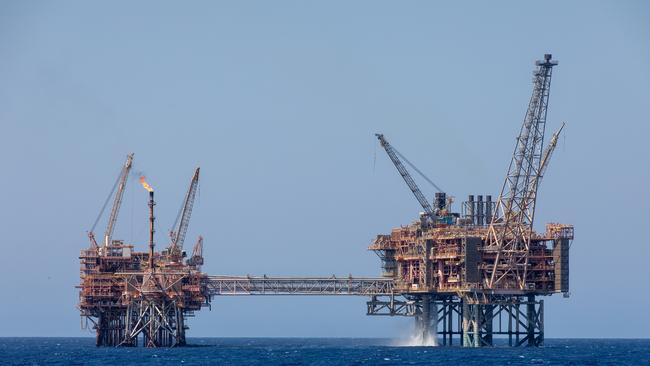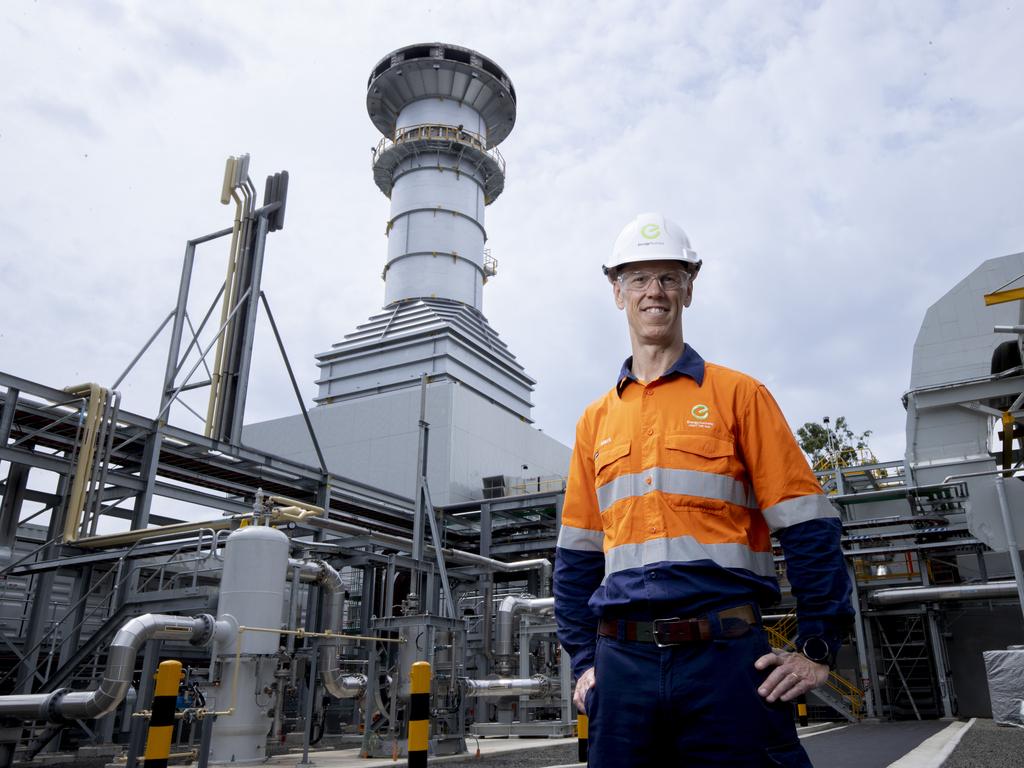Victorian gas policies have blocked renewable rollout, energy industry declares
Victoria has taken a hard-line approach to bolstering the availability and use of gas, and energy users have declared it has prolonged the use of coal and increased emissions.

Victoria’s hard-line attitude to gas has prevented development of new renewable energy projects, major energy users have said, as a faltering transition in Australia’s second-largest state spurs speculation that it could have to prolong the use of one of its coal power stations.
Victoria has constitutionally enshrined a ban on onshore gas fracking and led opposition to the fuel source being included in a so-called capacity investment scheme that critics said would have incentivised more gas into Australia’s electricity mix.
Gas plays a critical role in Victoria, with households dependent on the fuel source for heating, while the state has a large manufacturing sector that cannot easily switch to alternatives. But a looming shortfall as soon as 2025 threatens to hit Victoria hard.
Andrew Richards, chief executive of the Energy Users Association of Australia – which represents the country’s largest consumers of gas – said Victoria has implemented a “Jihad” against the fuel source and that has prevented a replacement of coal.
“If they didn’t have a Jihad on gas over the last decade … we would have had more renewables and more gas to support them, and we would have shut down Yallourn power station five years ago,” Mr Richards told the Australian Domestic Gas Outlook conference in Sydney.
“Coal in Victoria is filthy stuff. So we actually burnt more coal than we needed to and had higher emissions than we otherwise would have.”
EnergyAustralia in 2021 said it would shut its Yallourn coal power station in 2028 after striking a secret deal with the state Labor government.
Yallourn is one of three coal power stations in Victoria, but with a fast approaching closure timetable – industry sources have said they expect the state will be forced to strike an updated deal to extend its future. AGL Energy’s Loy Yang will close by 2035.
“I can’t see any way around it. Victoria has an offshore wind ambition, but they know it's not going to be delivered on time, so they only way they can keep the lights on is extending Yallourn,” said one senior industry source.
Victoria has set a target of generating the equivalent of about 20 per cent of its energy needs from offshore wind within a decade. The target climbs to 4GW by 2035 and 9GW by 2040 – well in excess of Victoria’s own energy needs. Excess electricity generated could be stored or sent across the wider National Electricity Market, positioning Victoria as a major renewable energy powerhouse.
While the target has drawn a plethora of some of the world’s largest developers – there are concerns about sluggish pace of development, heightening concern about Victoria’s attitude towards gas.
Victorian energy Minister Lily D’Ambrosio last week moved to point the finger of blame at others, insisting the problem is the fault of Queensland’s LNG industry and a failure of gas companies to find new supplies — much to the disbelief of Australian energy figures.
Seemingly unwilling to move on gas supplies, the Labor government has instead moved to curtail demand in a bid to make domestic supplies last longer and curtail emissions.
Victoria insists it is taking meaningful action by moving to reduce demand for gas. Australia’s second most populous state has the largest resident demand for gas in the country, and the state Labor government has moved to ban all new gas connections.
But Samantha McCulloch – chief executive of the Australian Energy Producers – which represents the country’s oil and gas industry – said the policies are irresponsible.
“Victoria is ground zero for irresponsible energy policy,” said Ms McCulloch.
“Bans on new household gas connections take choice away from consumers and push more people on to an already strained coal-based power grid.
With issues mounting, some energy industry executives have said the only viable solution now is an LNG import terminal, where Australia’s east coast ships in cargoes of gas during the winter months.








To join the conversation, please log in. Don't have an account? Register
Join the conversation, you are commenting as Logout